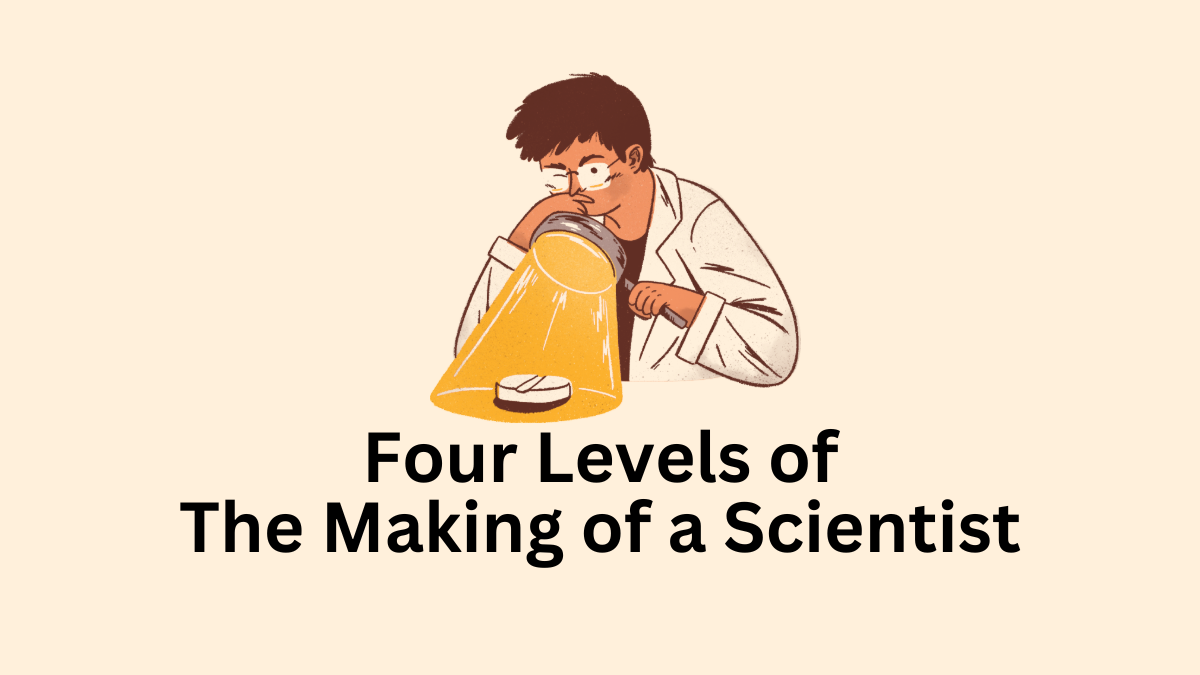Four Levels of The Making of a Scientist
Let’s explore the four levels of the essay The Making of a Scientist:
Literal Comprehension
“The Making of a Scientist” by V.S. Ramachandran explores the journey and essential elements involved in nurturing scientific talent. Ramachandran emphasizes the importance of curiosity and perseverance, asserting that these qualities are fundamental to the development of a scientist.
He shares personal anecdotes and observations to illustrate how supportive environments, inspirational figures, and exposure to diverse fields contribute to shaping individuals’ paths toward scientific inquiry.
The essay also reflects on historical contexts, such as the Victorian era, to highlight the impact of societal factors on scientific progress. Overall, the text provides a comprehensive overview of the multifaceted process involved in becoming a scientist.
Interpretation
Ramachandran’s essay offers insights into the psychological and environmental factors that influence scientific development. By framing science as a “love affair with nature,” he underscores the emotional and intellectual aspects of scientific inquiry, suggesting that curiosity and passion are essential drivers of scientific exploration.
Furthermore, the essay suggests that scientific talent is not solely innate but can be cultivated through exposure to stimulating environments and supportive relationships.
Ramachandran’s interpretation highlights the dynamic interplay between individual characteristics and external influences in shaping scientific trajectories.
Critical Thinking
While Ramachandran provides valuable perspectives on the making of a scientist, his analysis may overlook systemic barriers that hinder access to scientific opportunities for marginalized individuals.
The essay could benefit from a more critical examination of the intersectionality of factors such as socioeconomic status, race, and gender in shaping scientific pathways.
Additionally, Ramachandran’s portrayal of historical periods, such as the Victorian era, as ideal for scientific advancement may oversimplify the complexities of historical contexts and fail to acknowledge inequities within scientific institutions.
Assimilation
The essay prompts reflection on the broader implications of scientific education and mentorship, encouraging readers to consider how they can contribute to creating environments that foster scientific curiosity and innovation.
Ramachandran’s insights can be assimilated into discussions about the importance of inclusive scientific communities and equitable access to educational resources.
By applying the principles outlined in the essay, individuals and institutions can work towards addressing systemic barriers and promoting diversity in scientific fields.
Read Next: Gaia Four Levels and Summary
